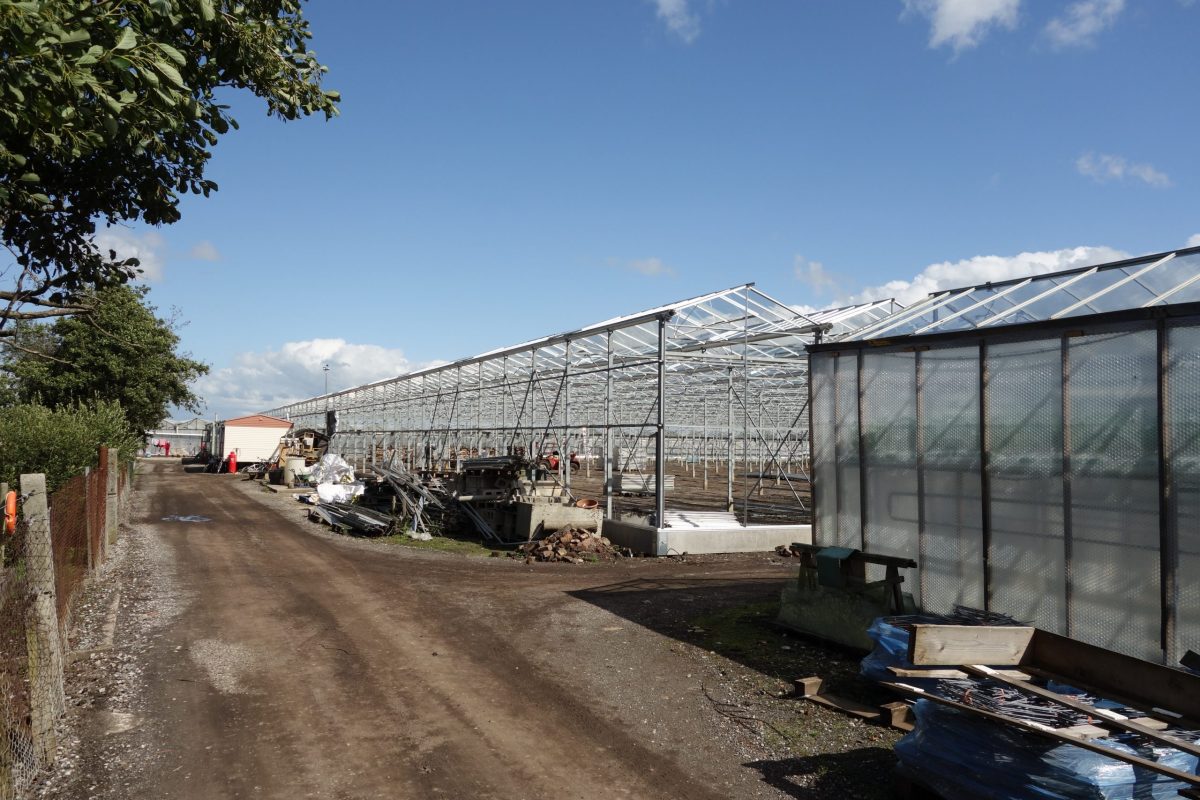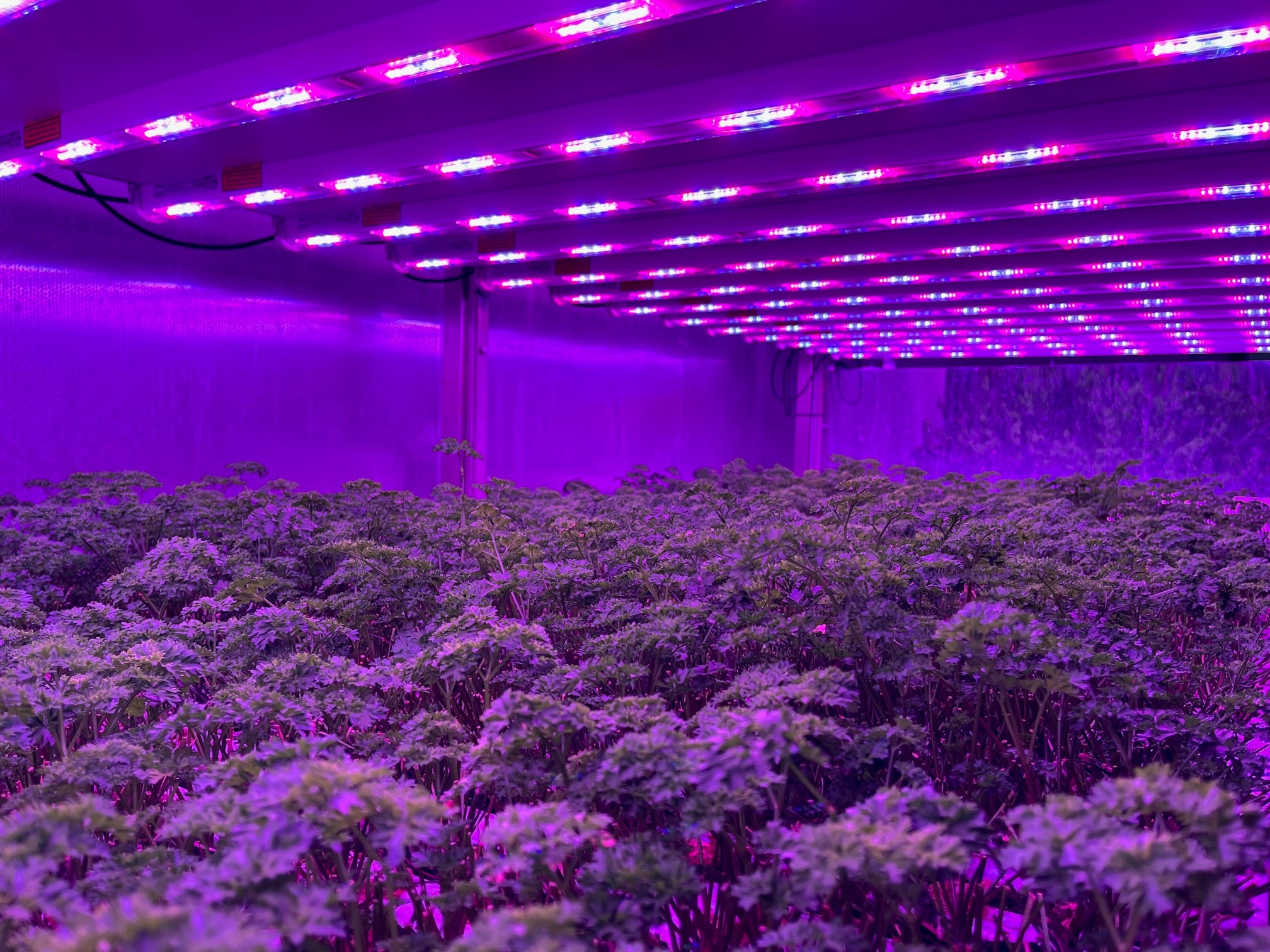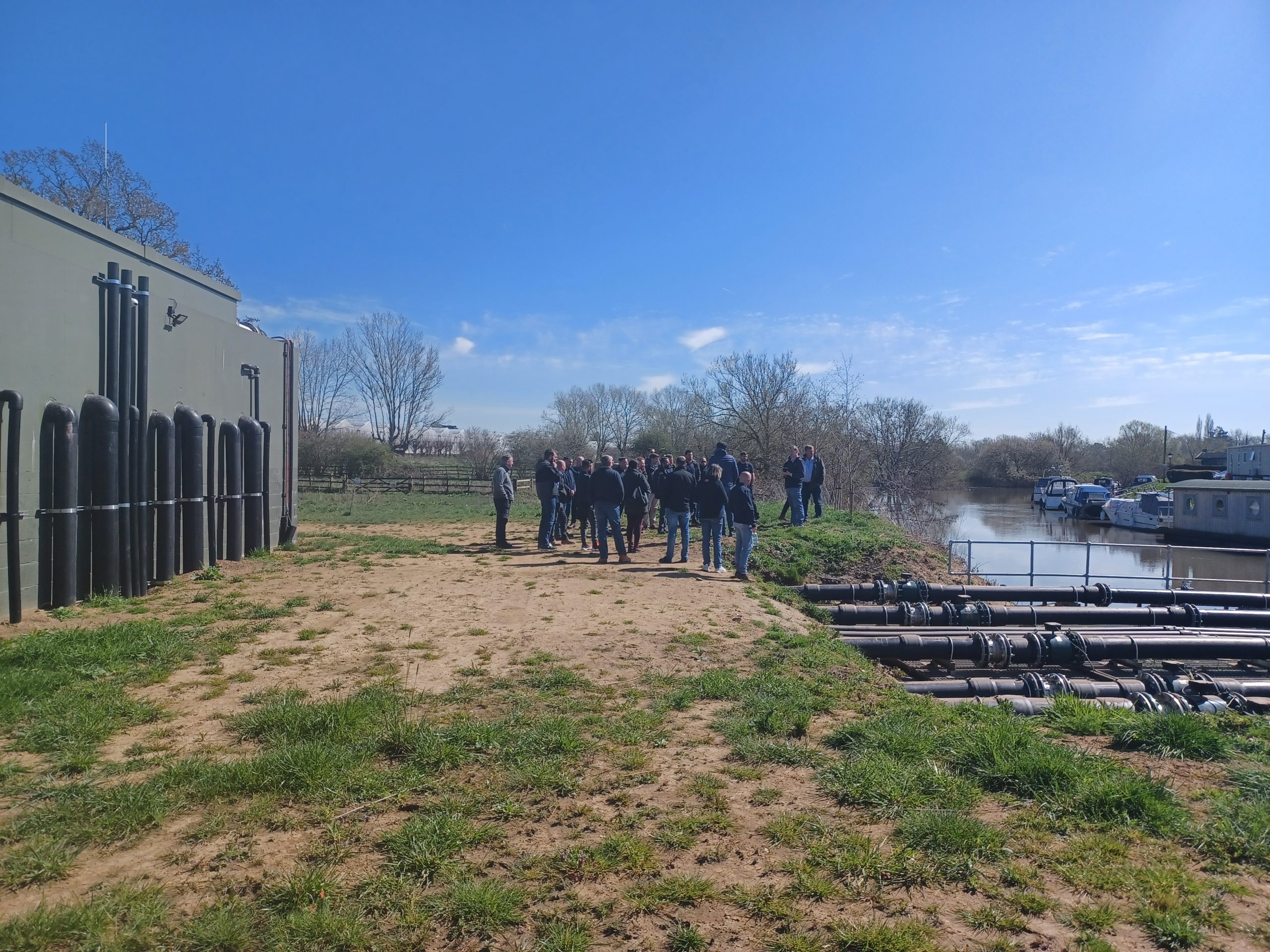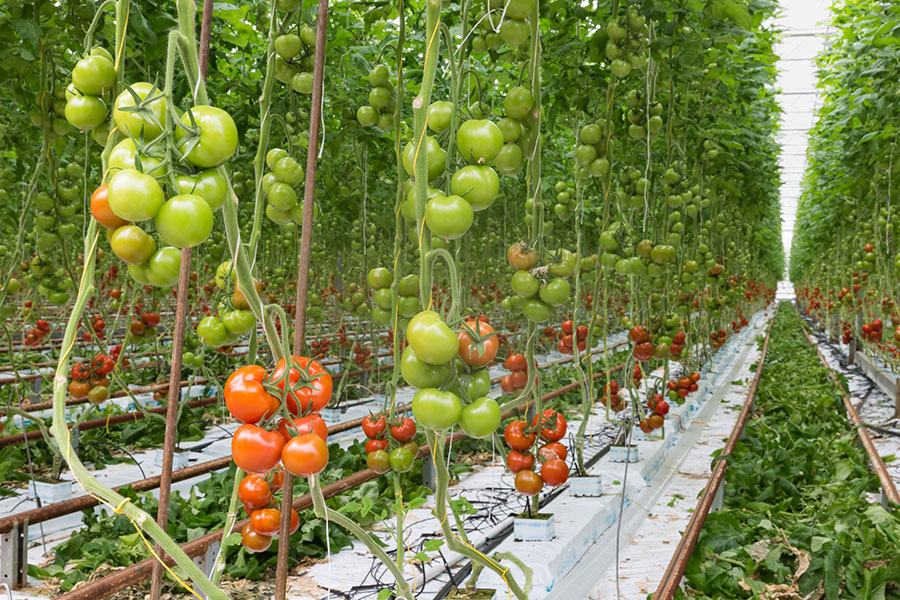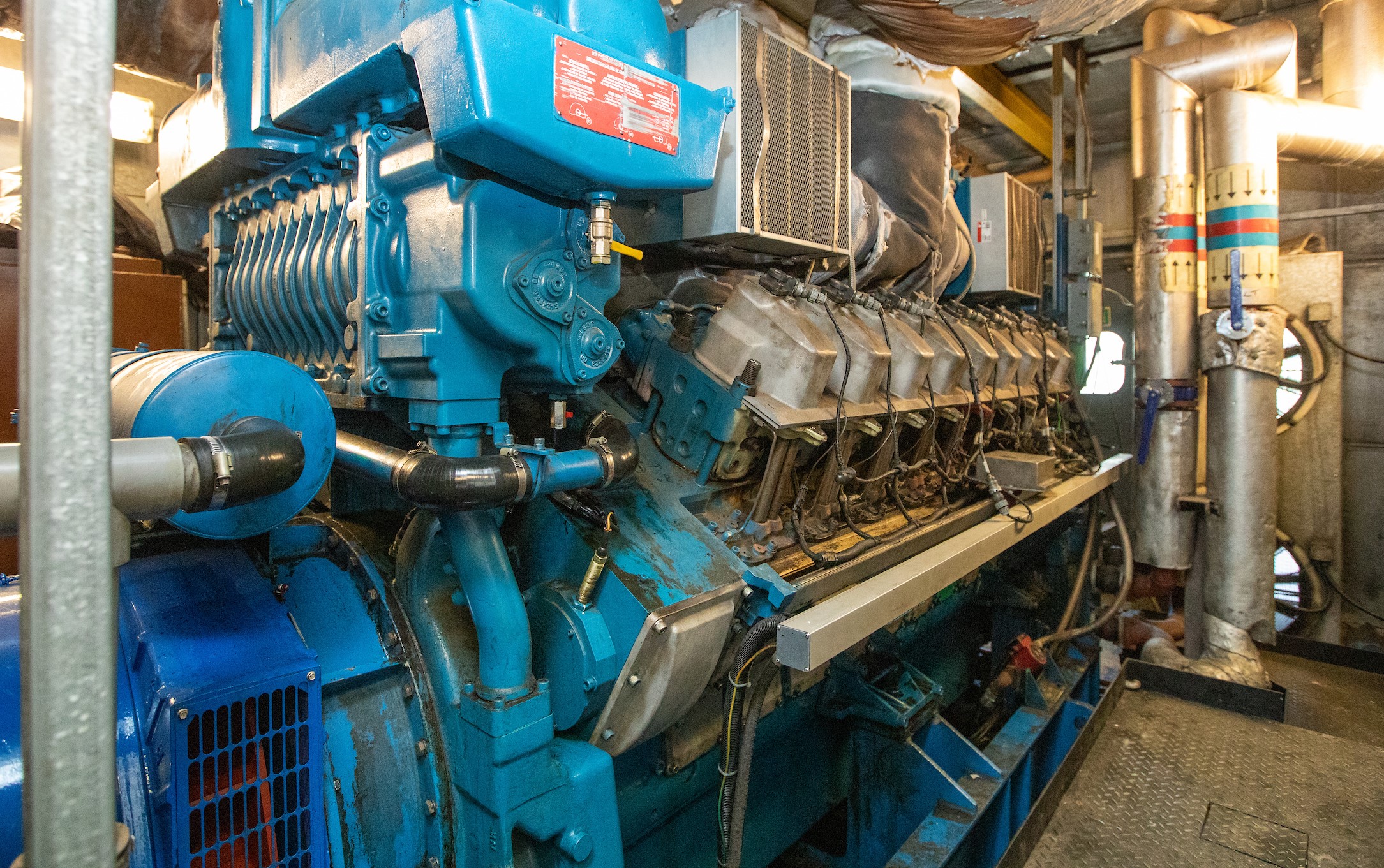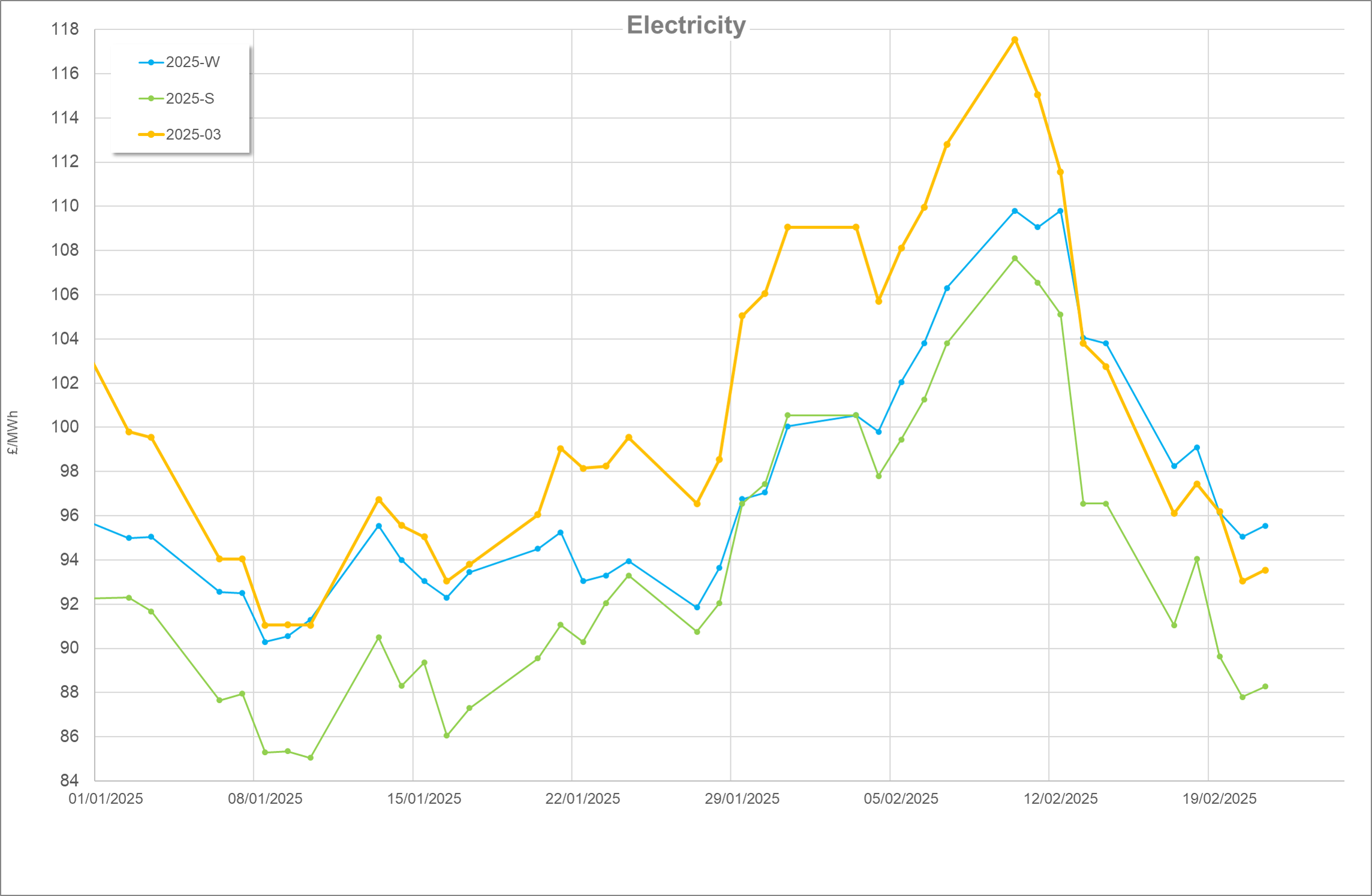First published November 2019
What to consider when growing soft fruit under glass, whether you intend to convert an existing glasshouse originally designed for other crops or build a brand new structure.
Quick Links
- Use glass to extend your growing season
- What to consider when converting a glasshouse for soft fruit production
- Typical costs of converting or building a structure for soft fruit
Use glass to extend your growing season
The UK soft fruit sector continues to expand due to consumer preference for local production utilising an extended growing season.
Most often this has been by the implementation of single span ‘Spanish’ tunnels, together with new varieties and substrate crops in gutters or on table-tops irrigated using hydroponic irrigation systems.
However, single span plastic structures do not easily lend themselves to intensive heated crop production, so there is now a marked trend to achieve an extended season either by using existing glasshouses originally erected for other crops or, more recently, by building new glasshouses specifically for soft fruit production.
Using a glasshouse without any heating has some, but limited, advantages over production in polythene tunnels. For example, making climate control easier and allowing improved application of biological pest controls. Whilst these may improve cropping and specifically allow earlier cropping, the gain on its own is unlikely to be worthwhile without considering heating the space.
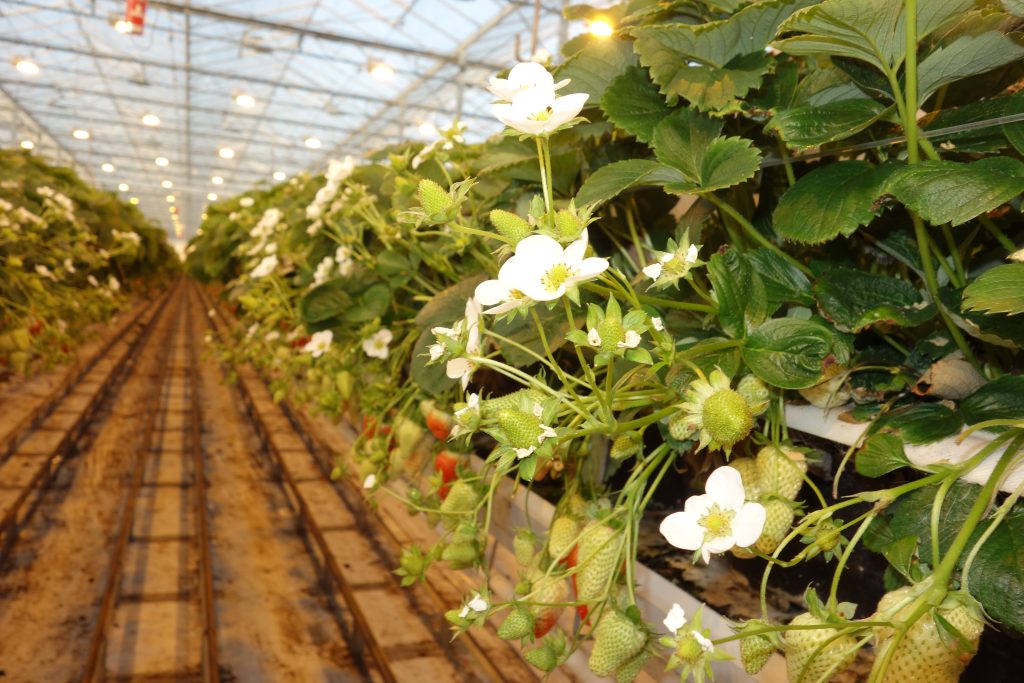
Acknowledgements
Thanks are due to the growers and industry experts who provided invaluable assistance and advice: Nigel May, Janette Phillips, Gordon Badham, Colin Frampton, Ian Metcalfe, Graham Ward, Renko Schuil, Andre van Dam, Ben vd Heide, Jonathan Froggatt.
Main features of the glasshouse
What is needed to grow soft fruit under glass?
For 20 years or more, glasshouses originally built to produce other crops have been converted for soft fruit production.
Production of soft fruit under glass implies several established norms:
- Some form of heating. Warm air direct or indirect fired for ‘cold’ crops, hot water heating (oil, gas or biomass) for long season cropping.
- Energy screens in heated glass if the season is to be extended after November and before April (with the added advantage of shading the crop on hot summer days).
- Hydroponic production – using growing media in bags, pots or other containers, mounted either on table-tops (usually fabricated at low cost on site) or proprietary gutters.
- A drip irrigation system with pH control and fertiliser injection.
- A climate control system.
- CO2 enrichment (using pure CO2 and/or flue gas from a gas boiler). Pure CO2 can be required even when a gas boiler is available (during the summer when no heat is required). The increased production as a result of supplementary CO2 is generally worth the additional cost of CO2.
- A heat buffer (heat storage tank) to enable boilers to be run at maximum efficiency and/or to reduce waste when the boiler is running for CO2 production.
What to consider when converting a glasshouse for soft fruit production
If you want to convert a glasshouse to grow soft fruit successfully you need to take account of the age of the glass, what was grown previously, existing equipment, your specific growing season and the need for appropriate ventilation.
How old is the glass?
For many reasons, the age of the glass may be a determining factor for the suitability of the structure for modern soft fruit production. They include:
- Old glass may not be economic to heat for extended season production. For example, the build-up of moss etc. in glazing bars and on glass decreases light transmission, causes heat loss and water ingress. Ill-fitting doors are also energy inefficient.
- In the past, there were several long-established UK glasshouse manufacturers (such as Frampton Ferguson and Cambridge) who built a wide range of multi-span design types and bay widths as well as single-span widespan houses. Glasshouses of this type are likely to have been built in the 1960s and 1970s and will almost certainly require extensive refurbishment. Locating spares may also be troublesome.
- Most glasshouse design over the last 30 years has focussed on the Venlo principle, which features standard bay widths such as 3.2m, 4.0m and multiples thereof.
- Older Venlo glasshouses may well be fitted with inefficient ‘pram-handle’ vents, which do not easily lend themselves to the deployment of thermal screens.
- In the past, many glasshouses had a lower post height than the 5-6m that is normal now. Low post height will adversely affect the climate in the crop because of the lower volume of air and may be less efficient ergonomically for crop work. The higher summer temperatures in low structures can have a severe effect on crop production.
- Expert advice should be sought before installing screens or crop gutters in old glass, since older structures may not be able to support the additional stresses resulting.
- Older structures may not qualify for full insurance, especially for snow loading.
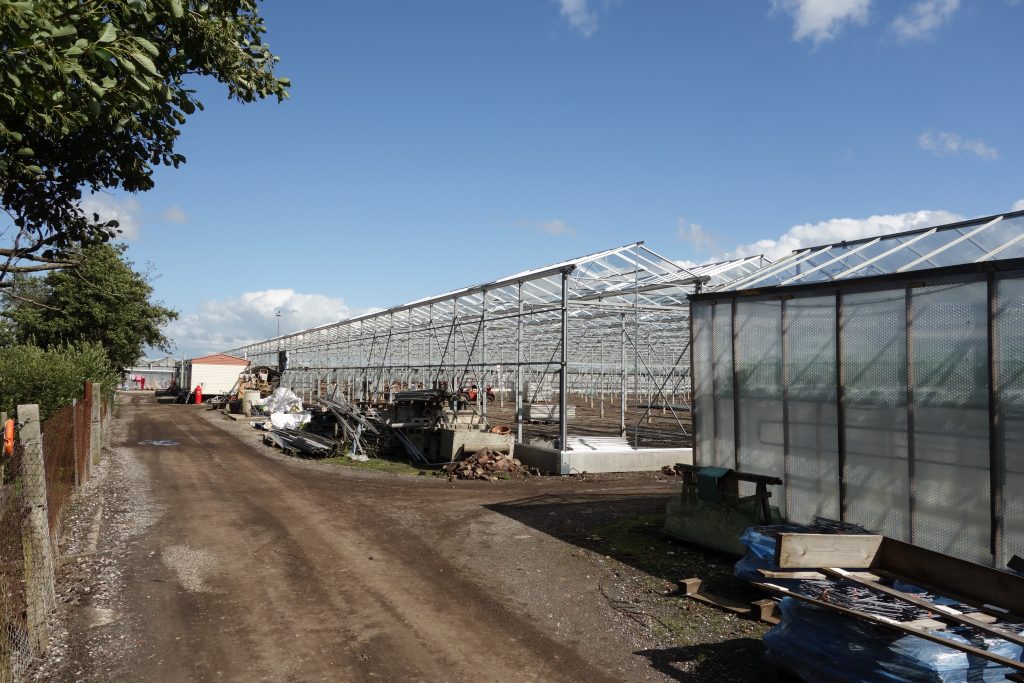
What crop was grown previously?
- Glasshouses previously used for lettuce production will have only basic heating and overhead irrigation, so will need to be completely fitted out for soft fruit.
- Ornamentals production systems vary widely. Structures previously used for bedding may only have heating systems designed for frost protection, such as indirect air heaters for direct fired Priva-type heaters.
- The existing irrigation for ornamentals is unlikely to be suitable for strawberry production. Benches or tables, if installed, will need to be removed.
- Glass previously used for long-season salad crops such as tomatoes and cucumbers will already have much of the infrastructure and equipment required for soft fruit production and will generally be a Venlo design with standard dimensions.
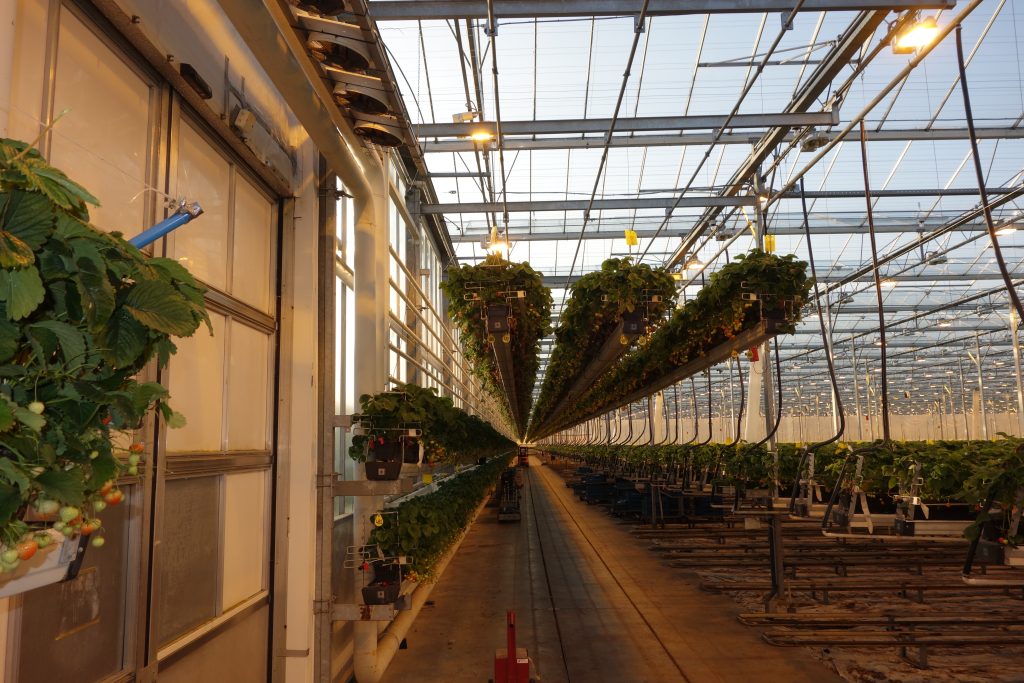
- Depending on bay width, extra crop rows for strawberry production may be possible or desirable. For example, in tomato production, it is normal to plant five crop rows in an 8m span; in strawberries, the most space efficient density is to plant seven crop rows (or eight rows when moveable gutters have been installed).
- If the previous crop was grown on gutters, there could be several issues. Gutter design tends to be crop specific, so gutters for tomatoes or cucumbers are not ideal for strawberry production. Growers have been known to turn gutters upside down for use with strawberries, but since only one side of the gutter is usually coated, using the flip side may result in some contamination of the irrigation runoff with zinc. Gutters for strawberry production are usually fitted with extra bracketing for fruit tape and wire to ensure good exposure to available light and presentation of the fruit for harvest.
What existing equipment is installed?
Conversion costs for heating systems originally designed for other crops will depend on several considerations, not least budget.
- An ‘ideal’ heating system for soft fruit production will utilise as much of the existing system as possible – with few, if any, changes in the boiler house or to pumps and mixing valves.
- The number and position of ground level pipe rails will usually have to be adjusted to suit table-tops or gutters and additional crop rows.
- A grow tube for additional root zone heating under each crop row is highly recommended.
- In the cases, where the existing irrigation system is to be re-used, it will be necessary to install extra irrigation lines and drippers.
- Existing CO2 distribution pipework can often be re-used, with extra lines installed for additional crop rows. (It is essential that the CO2 distribution system has been professionally designed in the first place, to ensure the correct spacing of outlets and uniform pressure! If unsure, ask for a specialist opinion.)
What is your anticipated growing season?
Typically, strawberries grown under glass will start production in April through to June and again from mid-September until November or early December. Extending the season earlier and later will require more heat, which will almost certainly be uneconomic without a modern structure with an efficient heating system, climate control and energy screens.
Make sure you have good air circulation
Whatever the age or level of the fitted equipment, achieving an even climate throughout the glasshouse is a key factor in modern protected cropping, affecting all other aspects of climate. Good air circulation is a crucial component in achieving an even climate. Where existing air circulation fans are installed, they should be re-used, but bear in mind a growing promotion over the use of vertical fans (i.e. fans which move air vertically rather than horizontally), especially for table-top and gutter production.
What to consider when building a new structure for soft fruit
A look at the key aspects to consider when investing in a brand new structure, whether of glass or poly multi-span.
Building a new glass or poly multi-span structure is a long-term investment. Good return on investment will depend on maximum use of modern facilities to ensure high production of quality fruit, maximum energy, water and labour efficiency, as well as care for the environment.
Glass or poly?
that meet all international construction standards are now available with either glass or plastic film coverings.
Choosing glass will require higher initial investment, and apart from occasional breakages, the glass will last the lifetime of the structure. Modern plastic films are very robust, but even so will require renewal at intervals, typically 10 years. In both cases the structure of the greenhouse itself will be engineered to accommodate and support items such as heating systems, screens and lighting.
Diffuse glass or coatings?
Recent research has demonstrated the benefits of diffuse glass for improving the light interception of many crops. This is especially true in taller vine crops where the crop itself can cause a shading issue. The benefits are less clear for lower canopy crops where plant shading is naturally less. Some leading growers in Europe are installing diffuse glass by default, however this is more a function of a smaller cost difference between diffuse glass and toughened glass (which is a legal requirement) than a clear business case of the benefits.
Diffuse glass for greenhouses gives more detail about the potential benefits of using diffuse glass in the greenhouse.
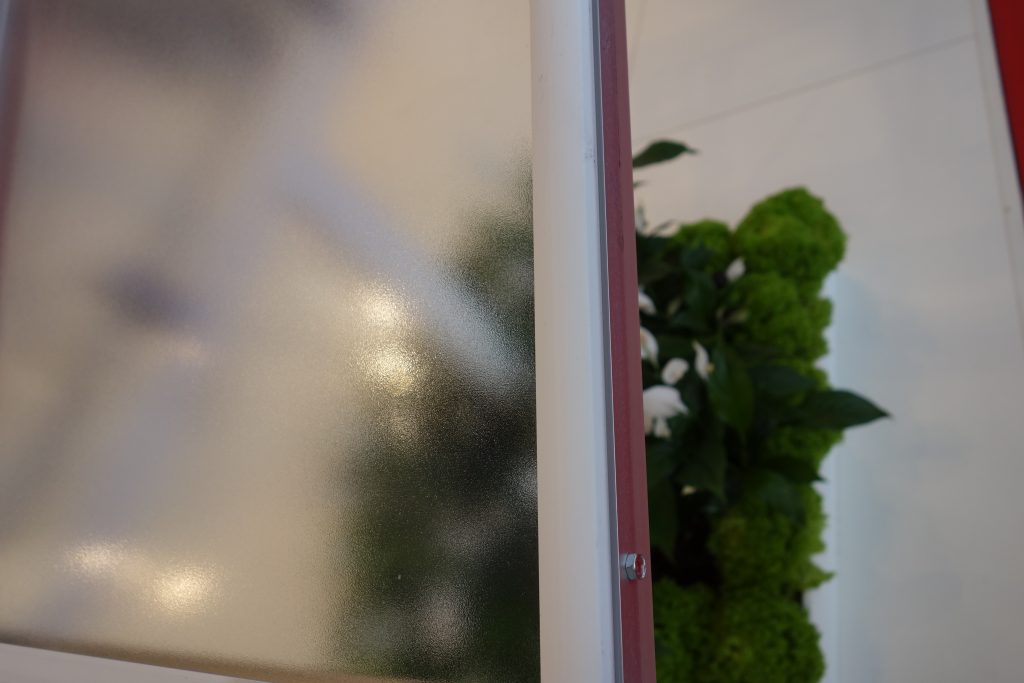
Concrete pathways and pipe-rail heating?
Facilitate the use of crop work equipment such as harvesting trolleys, crop sprayers, internal transport of harvested crops to the packhouse, and, in the foreseeable future, robotic crop work and harvesting machines.
Post height
In order to accommodate ancillary equipment such as screens and lights, as well as to provide a more equable climate for the crop and crop workers, post heights are now typically 5 – 6 metres.
Water efficiency/recirculation and water treatment
Multi-span greenhouses lend themselves more easily to the installation of rainwater and drainwater collection and disinfection systems, thereby reducing overall water and fertiliser use.
Future developments
As far as possible, expect the glasshouse design, layout and infrastructure to anticipate the implementation of new automation systems, such as robotics.
Typical costs of converting or building a structure for soft fruit
Examples of the different costs involved in converting an existing structure for strawberry production or when building a glass or poly structure. specifically designed for the purpose.
When converting an existing structure for strawberry production or building a glass or poly structure specifically designed for the purpose, costs will depend on several factors.
Economies of scale will certainly apply – i.e. the cost per square metre will be reduced as the footprint of the conversion or new build increases.
The costs in Table 1 assume that the cropping area will be 1 Ha approximately and will vary up or down for a greater or lesser area. No allowance has been made for site levelling or provision of utility supplies in the figures.
Furthermore, the costs for a multi-span poly structure will vary widely depending on the level of engineering in the structure for factors such as wind resistance and snow load. It is vital that any new structure is engineered for the prevailing weather conditions and conforms to industry standards. (e.g. NEN 3859, CASTA BS EN 13031).
When converting an existing glasshouse, the cost will depend on the level and suitability of the existing heating, climate control (if any), screens (if any) and irrigation systems and whether the crop will be grown using commercial hanging gutters or on table-tops constructed from available materials and own labour.

